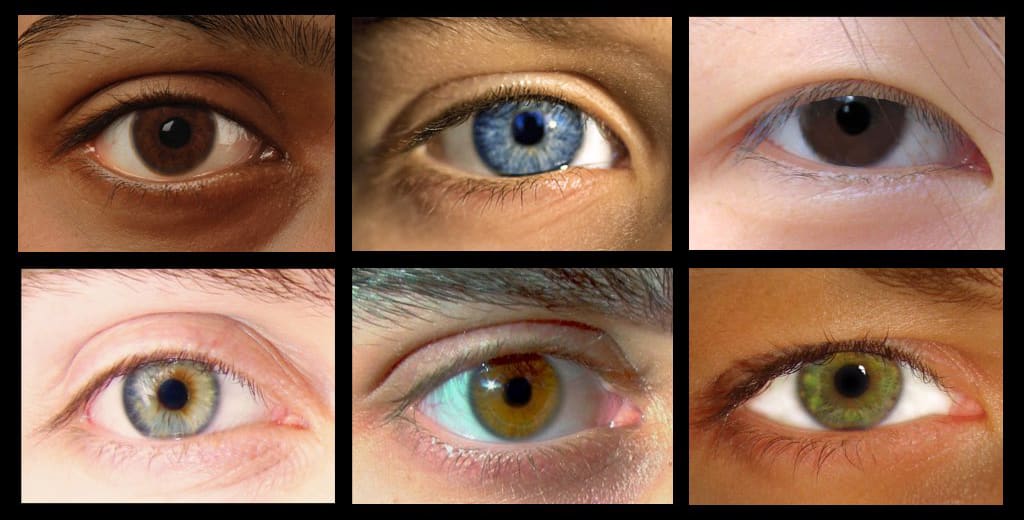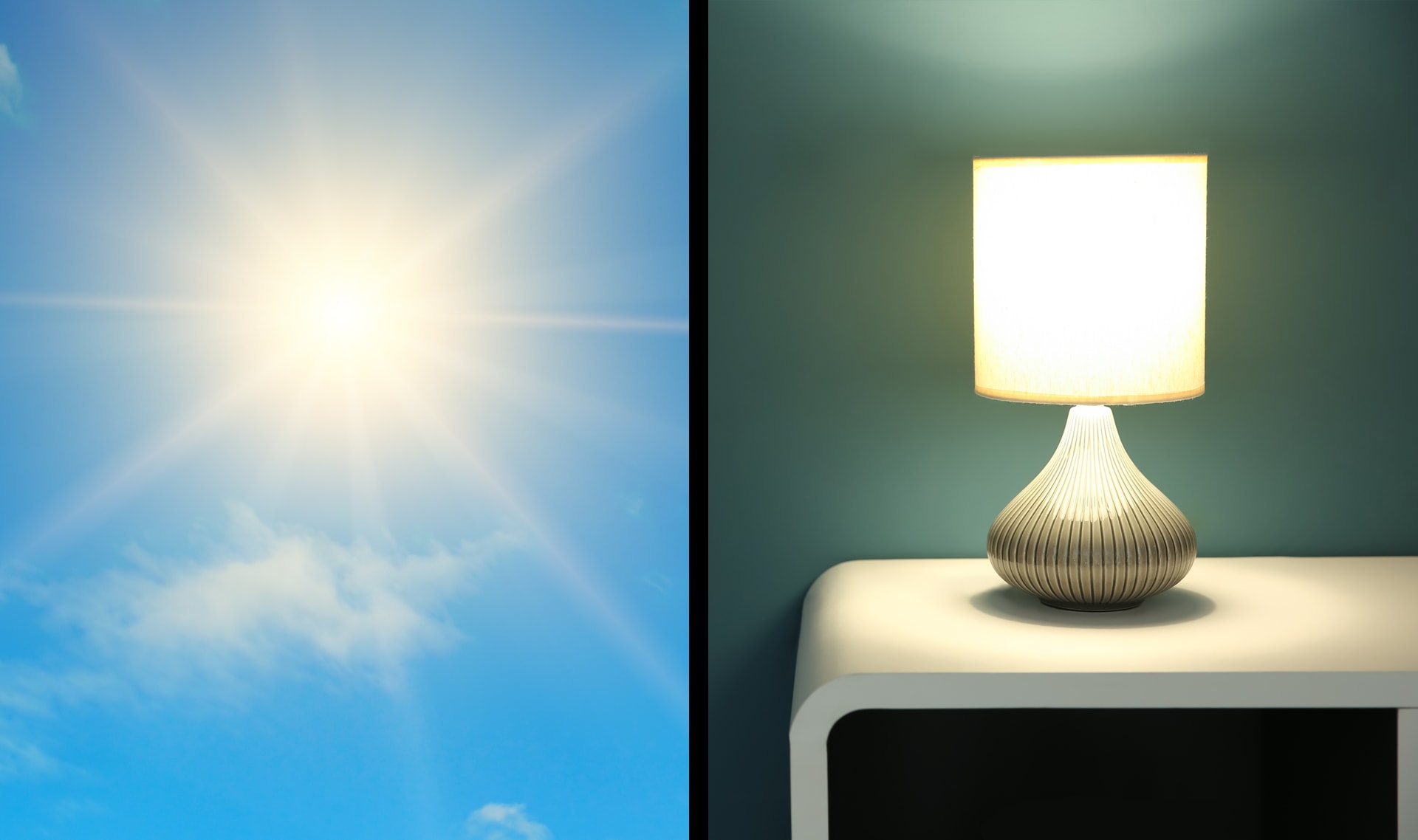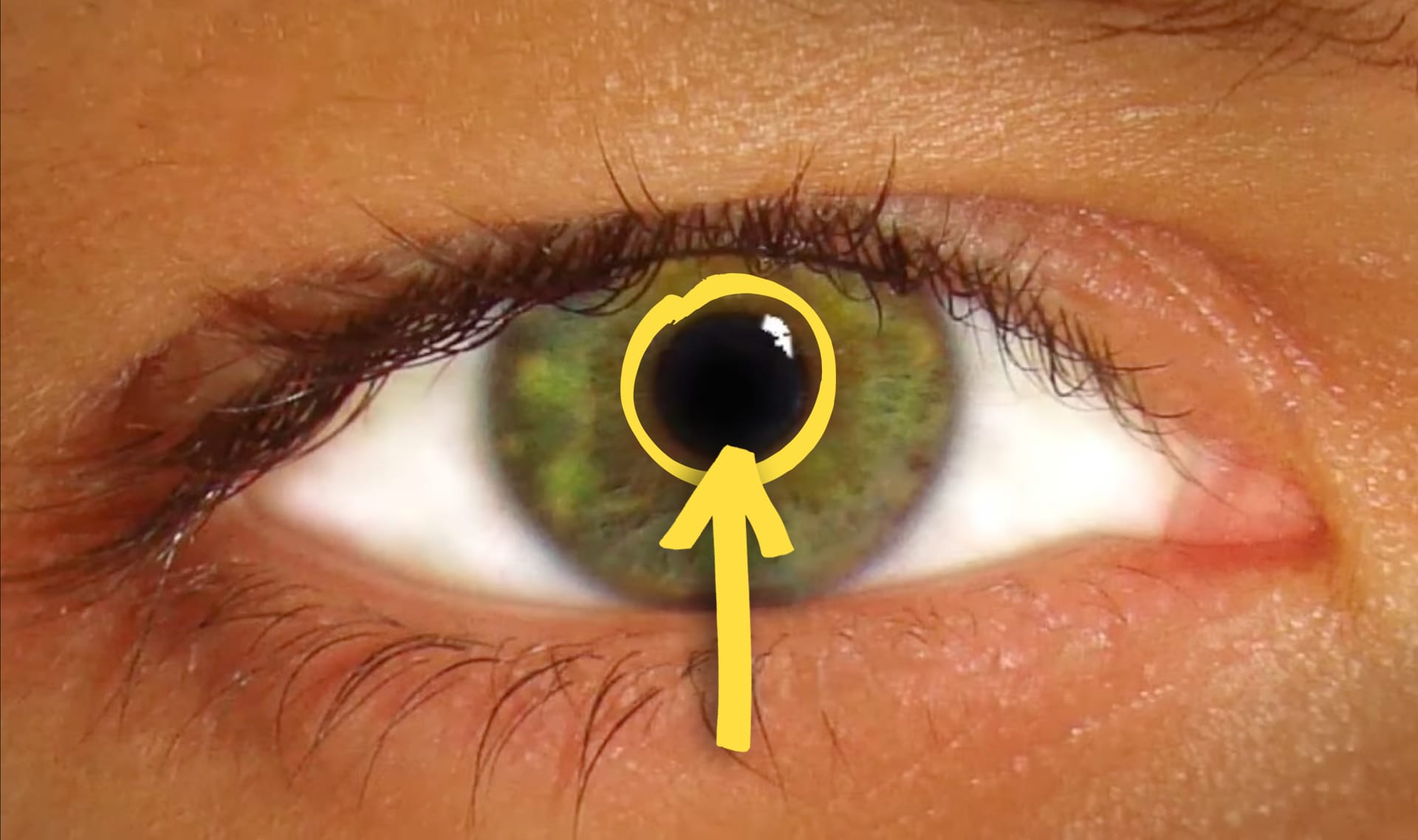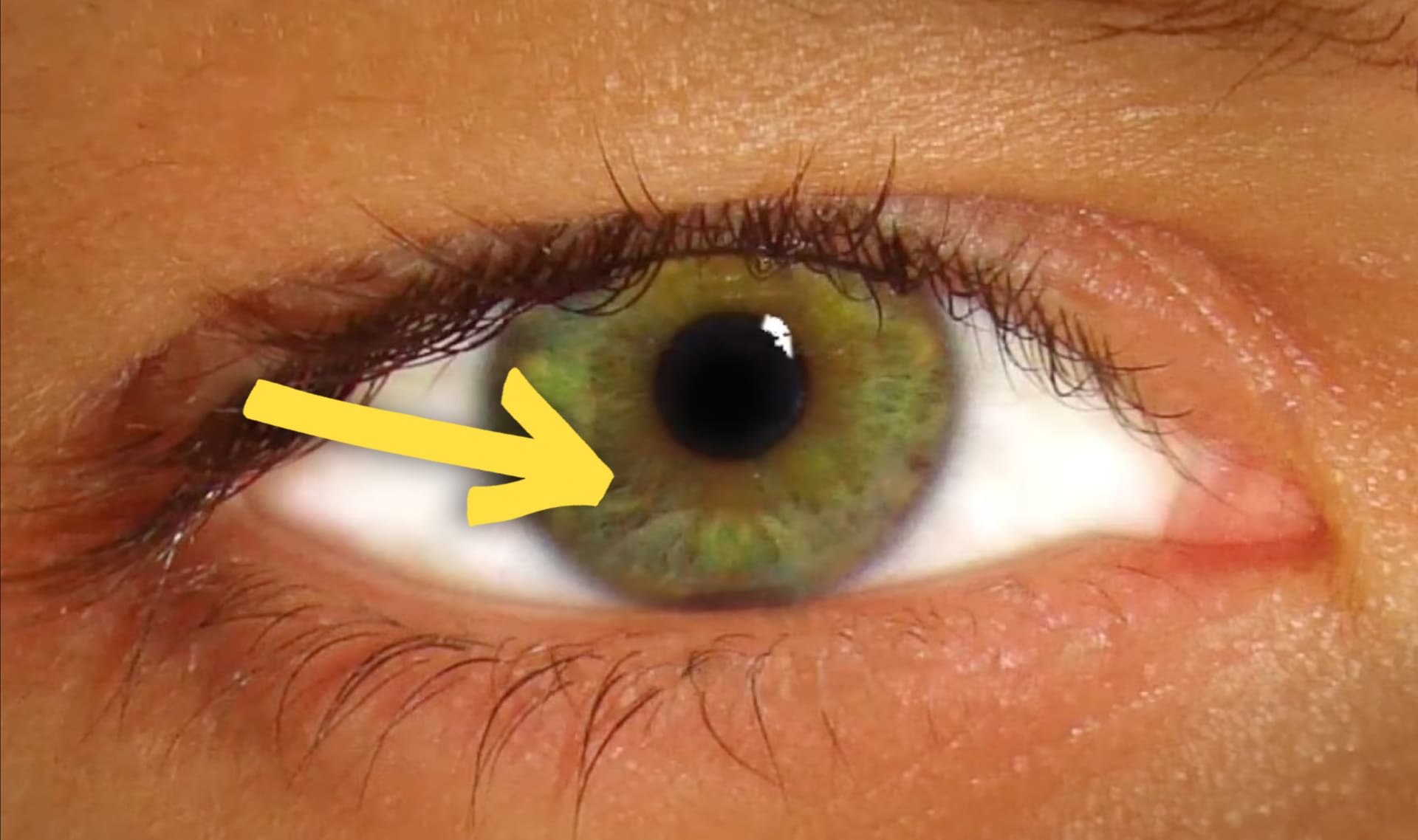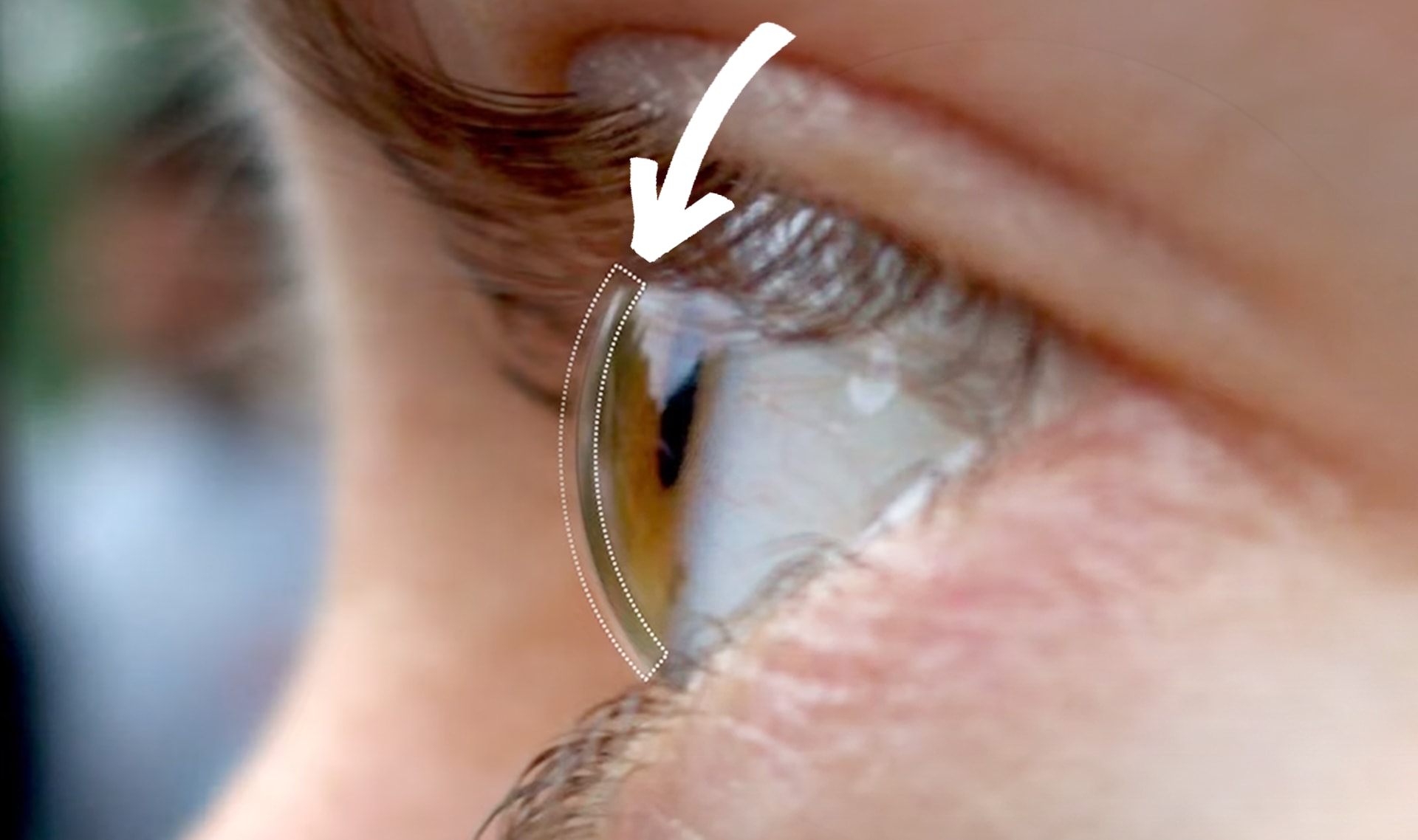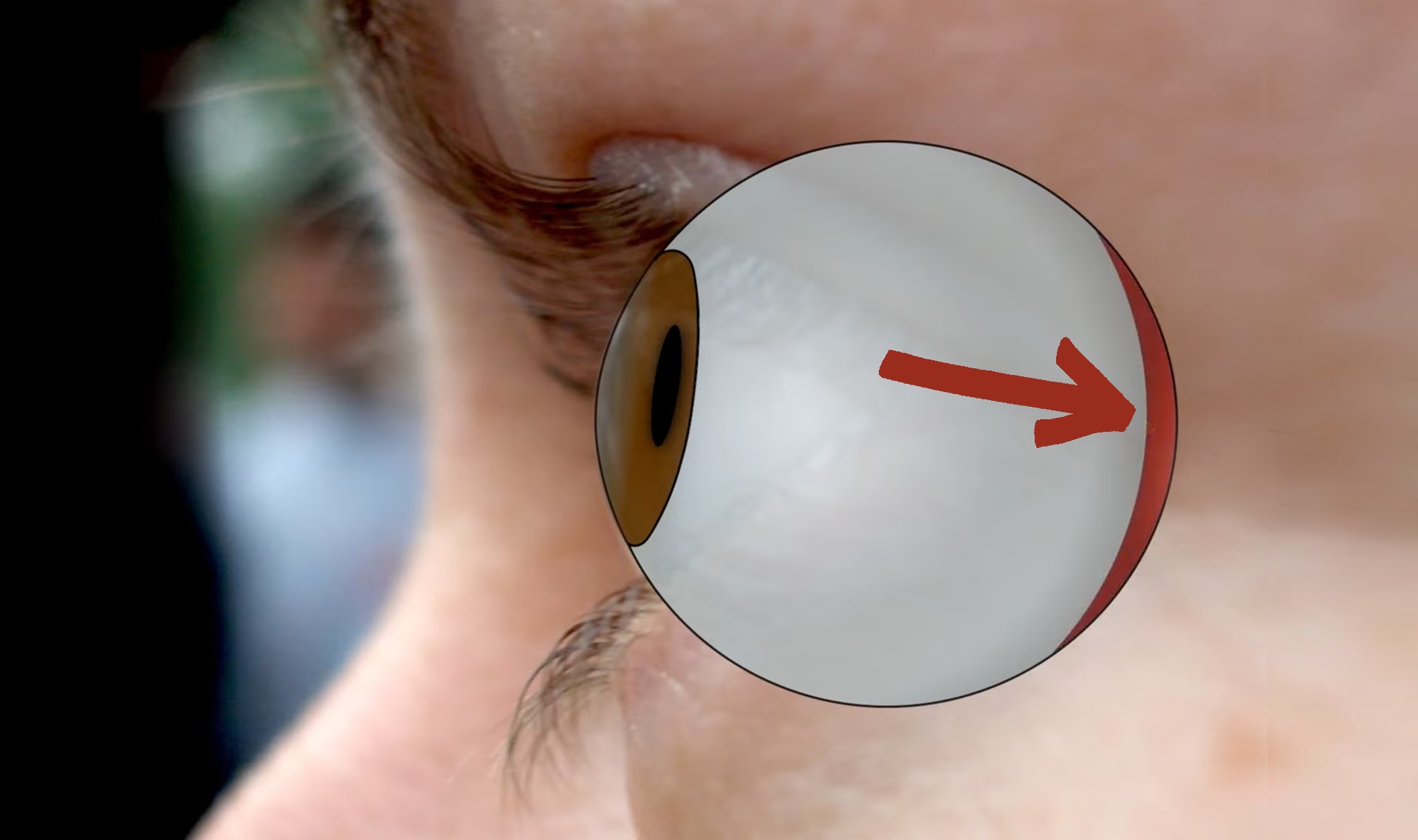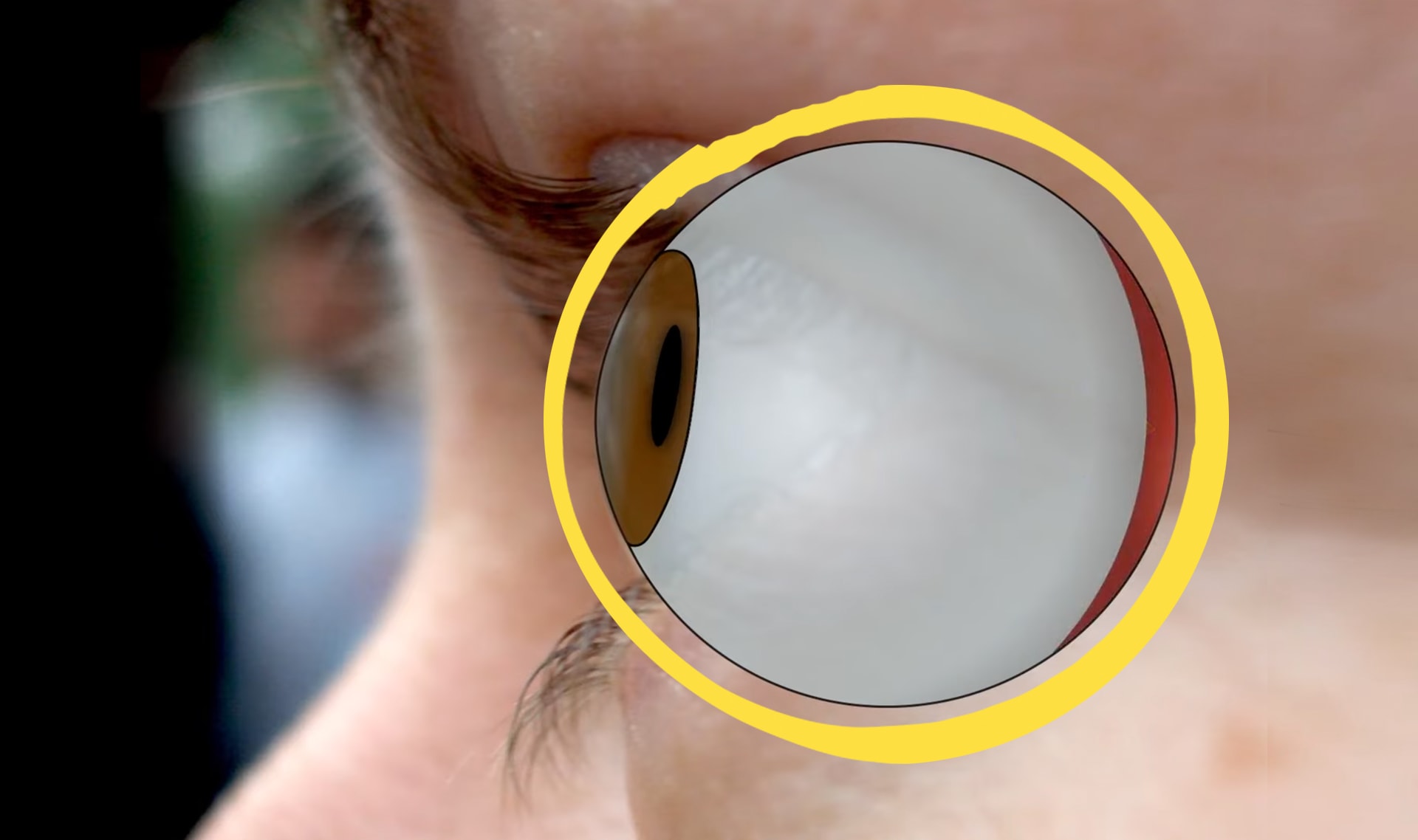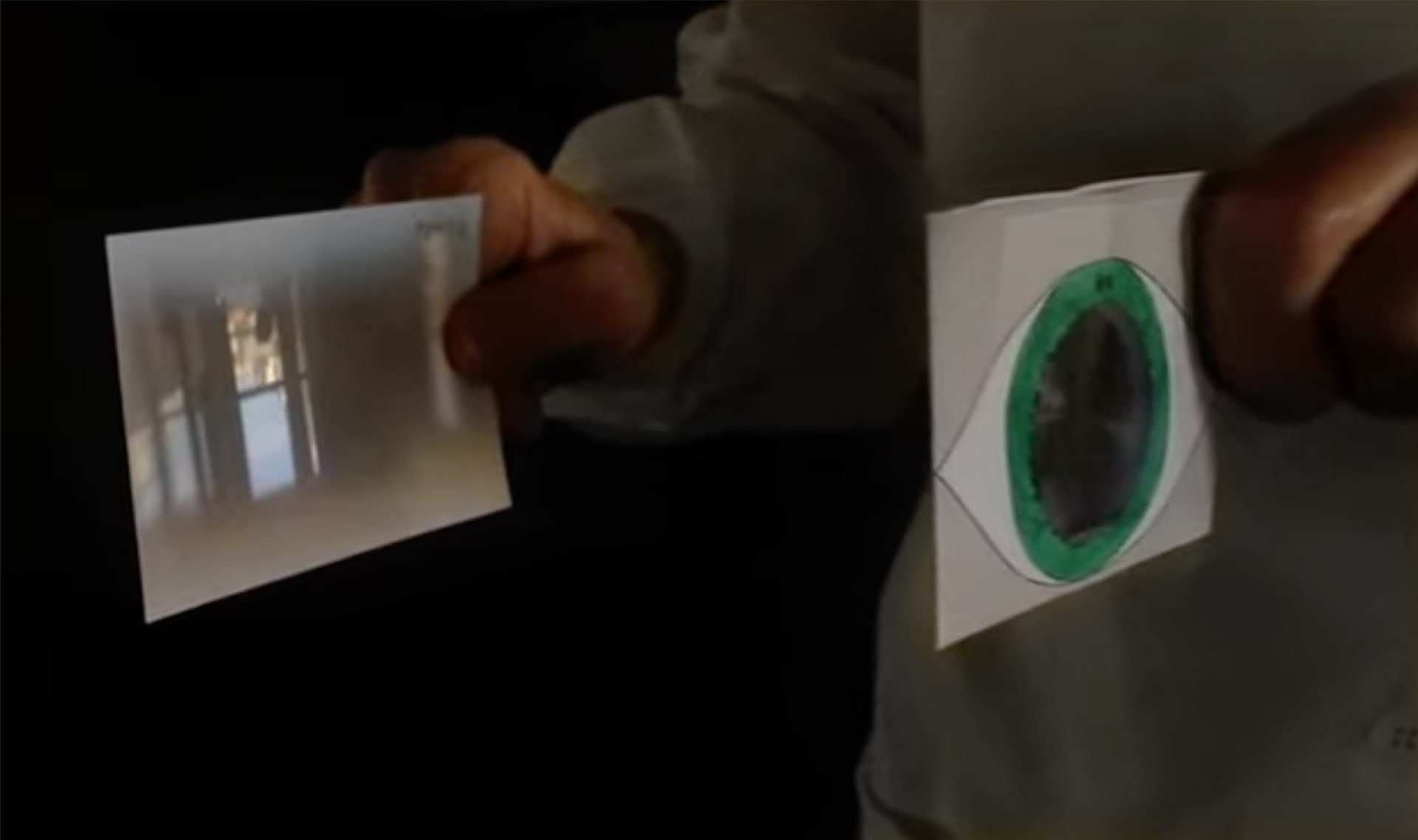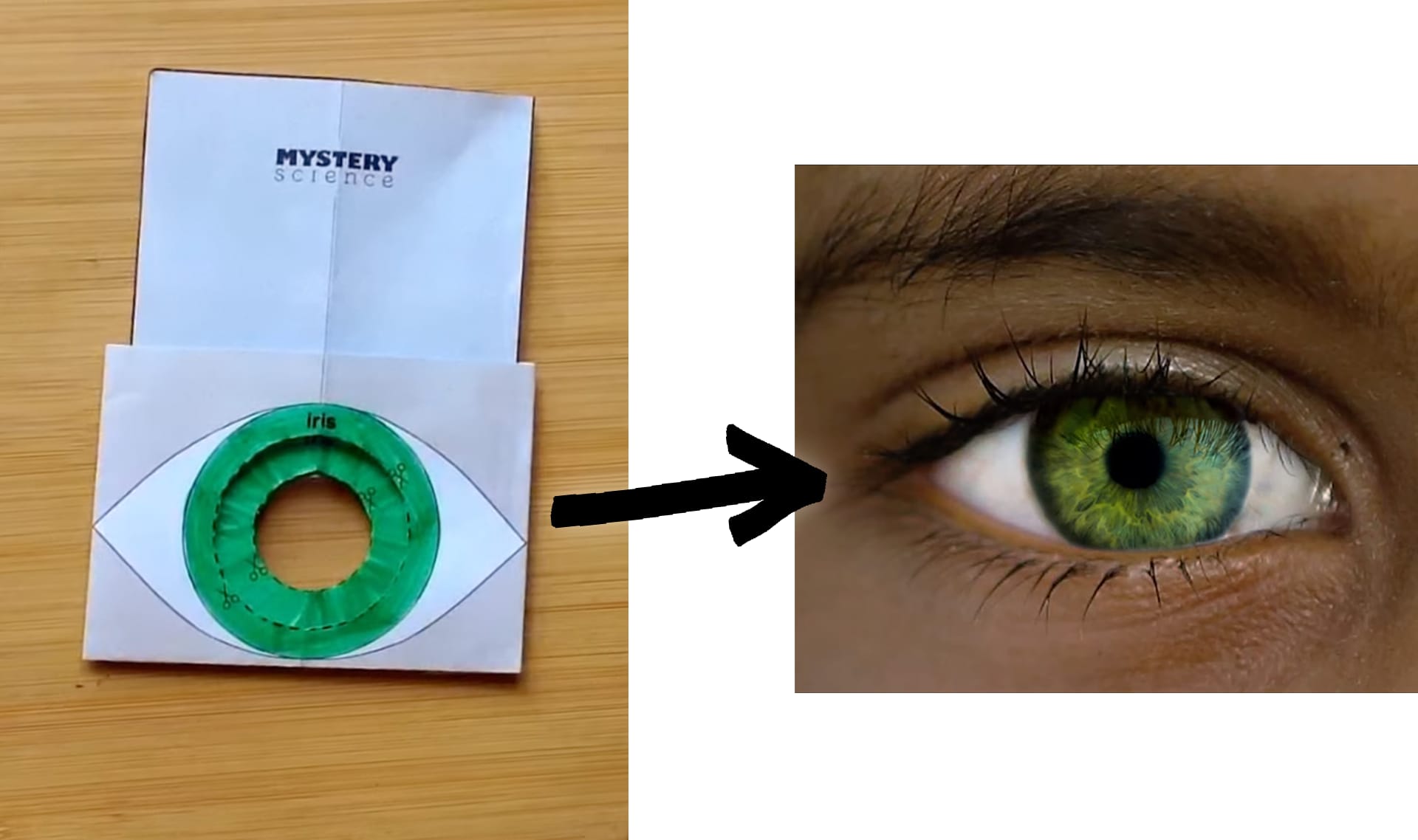Image & Video Credits
Mystery Science respects the intellectual property rights of the owners of visual assets.
We make every effort to use images and videos under appropriate licenses from the owner or by
reaching out to the owner to get explicit permission. If you are the owner of a visual and
believe we are using it without permission, please
contact us—we will reply promptly and make
things right.
Exploration
blind man by
TommyEdisonXP
, used under CC BY
cat in window by
Chris Lattuada
, used under CC BY
/ Heavily modified
glasses by
Michelle Arseneault
, used under CC BY-SA
/ Adjusted color, cropped
cow by
Peggy Greb
Activity
race car by
The Tire Zoo
, used under CC BY
light switch by
Derek Gavey
, used under CC BY-SA
man standing in front of curtains by
Maegan Tintari
, used under CC BY-SA
Other
Unit: brown eye by
Giulia Marotta
, used under Public Domain


